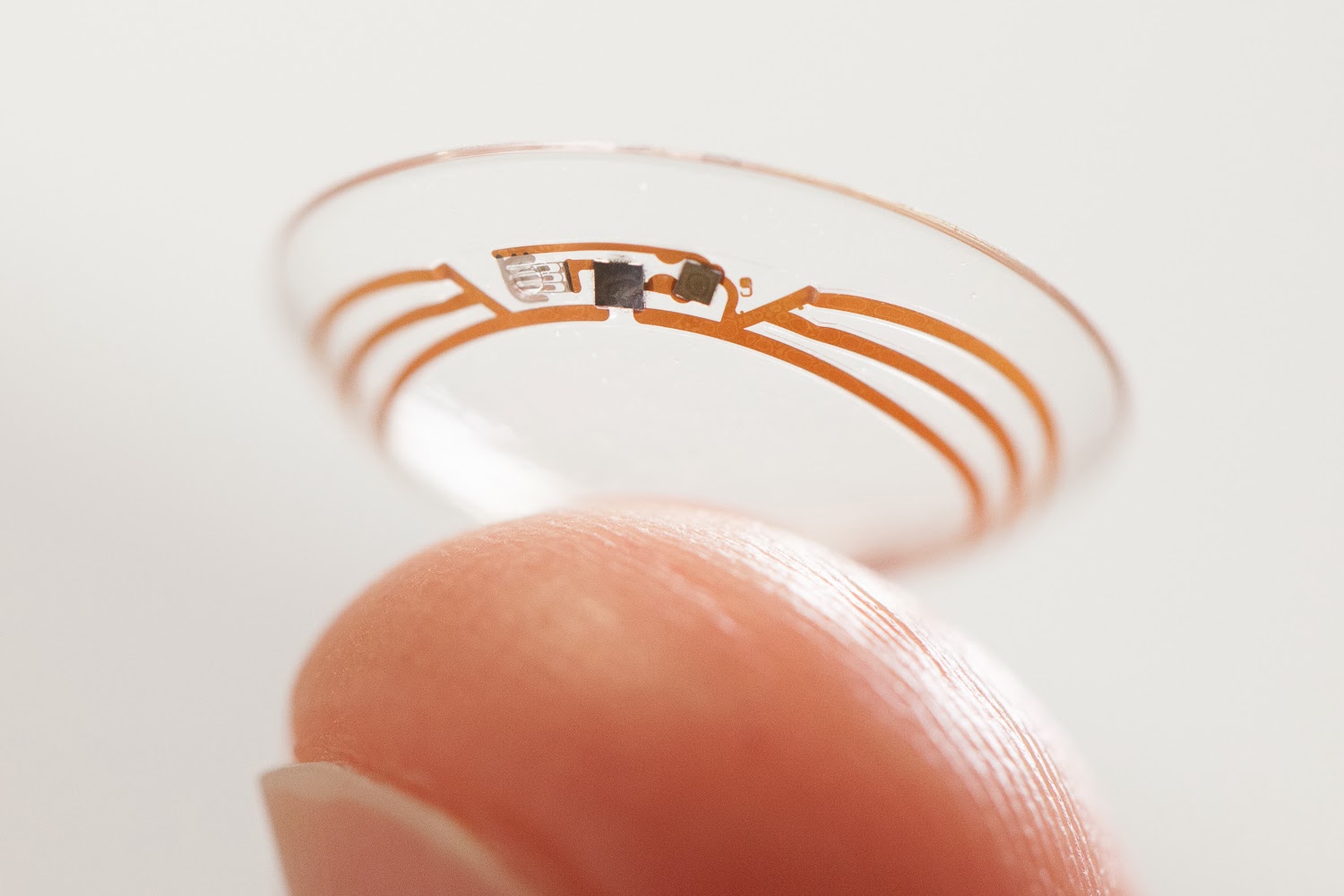I have had an idea for a while, but I’m still not sure whether it is something that people need, desire, or would find beneficial. So I’ve decided I’m going to publicly share it on this forum, and see what kind of feedback I can get.
Throughout the semester in class we’ve touched on the subject of authenticity over the internet. It can be very difficult to assess a person’s credibility and authenticity on the web. This is a problem with the internet in general, but it’s an even bigger concern in medicine where information related to health is being shared. How can I be sure this individual’s advice is credible? How do I know this isn’t some company trying to scam me, or an individual who enjoys trolling the internet? It can be hard.
Completely unrelated to that we’ve talked about the disparity between the number of individuals who own smartphones or the number who have internet access and the number of individuals who are actively engaged in their health.
But maybe these two things aren’t unrelated? I have a feeling that there is a relatively large segment of the population that might not be active because they don’t feel safe and secure with both the information they are sharing and the information they are receiving.
So that’s the problem – here’s the idea.
If you are familiar with Doximity (https://www.doximity.com/about) you know they have done an excellent job verifying the credentials of physicians and giving them a portal that they feel secure communicating in. For patients, there are online portals like PatientsLikeMe which are fairly popular, but they don’t have nearly the kind of security that a site like Doximity does.
But what if we combined the two?
Doctors are very familiar with their patients. If we create a patient centered portal that works with Doximity we could use doctors to verify the credentials of patients as true patients.
Here’s how it would work. Suppose I have diabetes; in order to gain access to the secure diabetes portal I would send my doctor the equivalent of a friend request on Facebook asking for permission to access the portal. My doctor would then verify that I am a diabetes patient, and only then would I be able to access the information and share my information over the portal.
While this may seem unnecessary or cumbersome it adds value by creating a portal where each patient knows that the individuals they are communicating with are truly patients concerned about one another, not companies and not trolls. It could also potentially provide doctors with a more secure and private place to communicate broadly with disease communities.
The technology and software for this is easy. But are there people out there that could use this? That’s the tough question. Thoughts?





